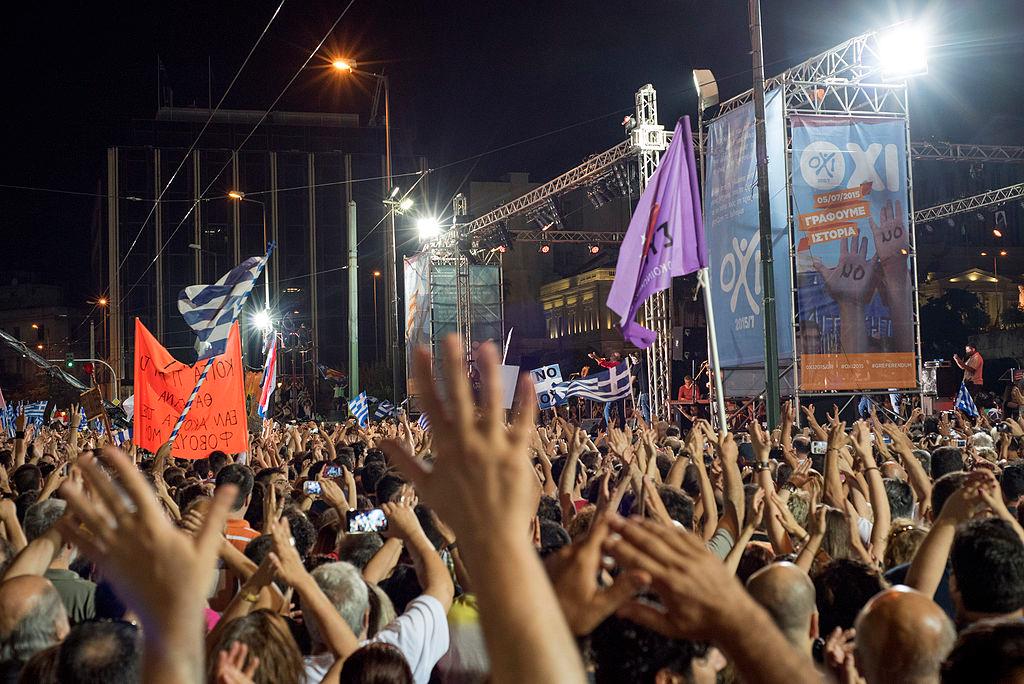The New York Historical Society is showcasing a manuscript that highlights American collectivism during it’s bid for peace prior to the War of Independence. The manuscript in question, drafted by a jurist by the name of Livingston in 1775, is a letter from the “Twelve United Colonies”.
Written by Livingston and a second man by the name of Lee, it is directed at Great Britain in hopes of reconciling the colonies with their mother country(Great Britain) before the escalation of political and physical conflict would lead to war only months later. However, King George The Third blatantly refused to offer the colonists any concessions, such as lowering taxes and proving a greater degree of autonomy. As a result, in 1776 the Second Continental Congress having been left without any real options and definitely not wanting to return to Crown rule, declared Independence.
The importance of this document however lies in the fact that it shows that the Colonies did not necessarily want to start a war with Britain, with whom they shared a common tongue, religion and blood. However it also shows that they were willing to negotiate as long as George III was reasonable. It is for this reason why the document asked King George to give the colonies more liberties, as well as to remain within the “protective embrace” of the empire. It is perhaps also for this reason why the letter begins with the phrases:
“...the tender ties which bind us to each other” and “the glorious achievements of our common ancestors,...”
and
“That once populous, flourishing, commercial Town is now Garrisoned by an army sent not to protect, but to enslave its inhabitants.”
referring to the soldiers posted by King George after the Boston Tea Party of 1773, as well as the unforgettable Boston Massacre of 1770, where British soldiers fired upon a colonist crowd.
Interestingly some such as scholar Michael Hattam of Yale believe that the letter is evidence of the defining moment when colonists no longer thought of themselves as British but rather American.
The manuscript will be exhibited by The New York Historical Society until November.



